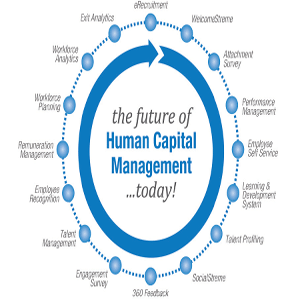THANK YOU FOR SUBSCRIBING
Editor's Pick (1 - 4 of 8)

Defining a Cloud Strategy: A Higher Education Paradigm
Russell M. Kaurloto, VP and CIO, Clemson University


Russell M. Kaurloto, VP and CIO, Clemson University
With Any New Technology Adoption, We View the Critical Factors as People, Process, and Technology—Specifically In That Order












